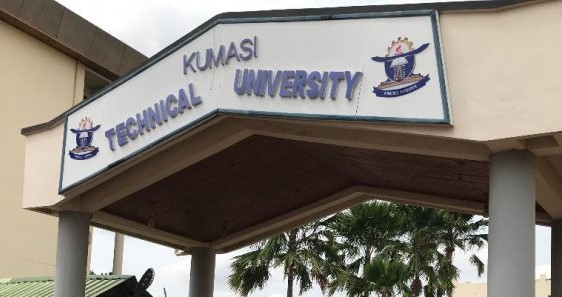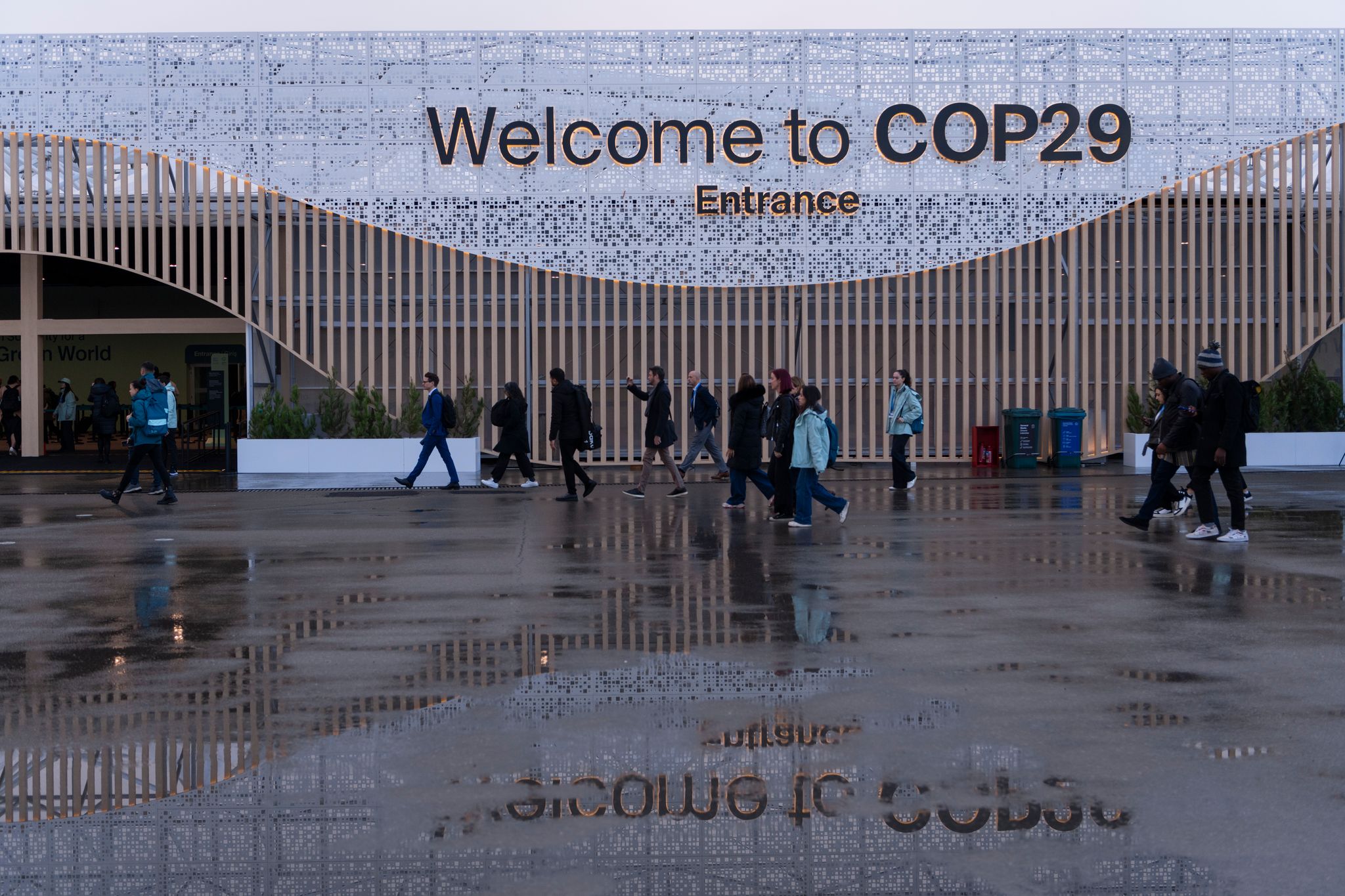
It’s been said that the first Mars explorers will have to be prepared to take one for humanity. As various studies have shown, they risk permanent neural damage as well as an increased risk of leukemia and Alzheimer’s disease. And now, scientists at the University of Nevada, Las Vegas have added to this list with a new study that shows how a deep-space mission to Mars could double astronauts’ risk of getting cancer.
One of the chief health concerns for anyone going to Mars is the exposure to cosmic radiation, of which there are two types worth noting: solar energetic particles and galactic cosmic rays (GCRs). While prolonged exposure to the former can harm cells and DNA, it is less of a worry since the photon energy is usually low enough that it can be physically blocked.
On the other hand, GCRs, which are highly energetic particles caused by high-energy events outside the solar system, such as supernova explosions, are a greater hazard because they are not easily stopped by a regular spacecraft’s shielding, unlike solar energy particles. GCRs also comprise a small percentage of heavy ions, which can penetrate thick layers of shielding and body tissue, causing irreparable damage to cells and DNA.
A few years ago, scientists decided to document the amount of radiation that NASA’s Curiosity spacecraft was subjected to on its 220-day outbound journey to Mars. According to the data that they got from the Radiation Assessment Detector (RAD), the first Mars cruise mission instrument to measure the radiation environment from inside a vessel similar to potential human exploration spacecraft, Curiosity received about 1.8 millisieverts of GCR per day on its journey to the planet. For reference purposes, the normal daily radiation dose we receive on Earth is 10 microsieverts (0.00001 sievert or SV). Accumulated over time, a dose of 1 SV corresponds with a 5.5 percent increase in the risk of fatal cancers.
In the corresponding study that was published in 2013, researchers likened Curiosity’s dose to getting “a whole-body CT scan every five or six days.”
While the RAD data showed the rate of exposure on the Martian surface to be comparatively lower at 0.67 millisieverts per day, scientists nevertheless point out that a 500-day mission on the surface would bring the total exposure to around 1 SV. A different study estimates that it would take 18 and 24 months for female and male astronauts respectively on the International Space Station to receive doses that exceed lifetime limits and given that the average Mars mission is likely to last at least 900 days, the dangers posed by cosmic radiation should not be underestimated.
“Exploring Mars will require missions of 900 days or longer and includes more than one year in deep space where exposures to all energies of galactic cosmic ray heavy ions are unavoidable,” explains radiation expert Francis Cucinotta at the University of Nevada, Las Vegas, who was part of the 2013 study. “Current levels of radiation shielding would, at best, modestly decrease the exposure risks.”
But this is not the only problem that astronauts will have to contend with. Cucinotta has published a new study using a model known as the bystander effect to show how even cells not initially affected by radiation will eventually mutate by virtue of being in close proximity to those that have been damaged by it.
“Galactic cosmic ray exposure can devastate a cell’s nucleus and cause mutations that can result in cancers,” he explains. “We learned the damaged cells send signals to the surrounding, unaffected cells and likely modify the tissues’ microenvironments. Those signals seem to inspire the healthy cells to mutate, thereby causing additional tumors or cancers.”
In light of these new findings, Cucinotta is calling for more thorough studies on the impact of cosmic ray exposures on tissues that dominate human cancer risks before astronauts start suiting up for long-term space missions outside the Earth’s geomagnetic sphere. NASA currently deems any mission with more than a three percent increased risk of fatal cancer for astronauts in low earth orbit to be dangerous. Nothing has been decided regarding a limit for deep space missions.
That said, new materials to shield against these energetic particles are in development. These include hydrogenated boron nitride nanotubes (hydrogenated BNNTs) – tiny nanotubes that are not only “an excellent absorber” of secondary neutrons, but also flexible, strong and resistant to high heat, making them suitable for use as shielding structures as well as in the fabric of space suits. On this note, NASA scientists also point out that the solution to cosmic radiation is likely to be “a combination of things” that could very well involve new technology that hasn’t been invented yet.
It looks like whether humans will be able to travel to Mars by 2030 hinges also on the solution to the radiation conundrum. Sending astronauts to Mars without a thorough understanding of the risks involved would do more than jeopardize their safety, says Cucinotta.
“Waving or increasing acceptable risk levels raises serious ethical flags, if the true nature of the risks are not sufficiently understood.”
The study was published in Scientific Reports.
Source: University of Nevada, Las Vega
Read Full Story




















Facebook
Twitter
Pinterest
Instagram
Google+
YouTube
LinkedIn
RSS